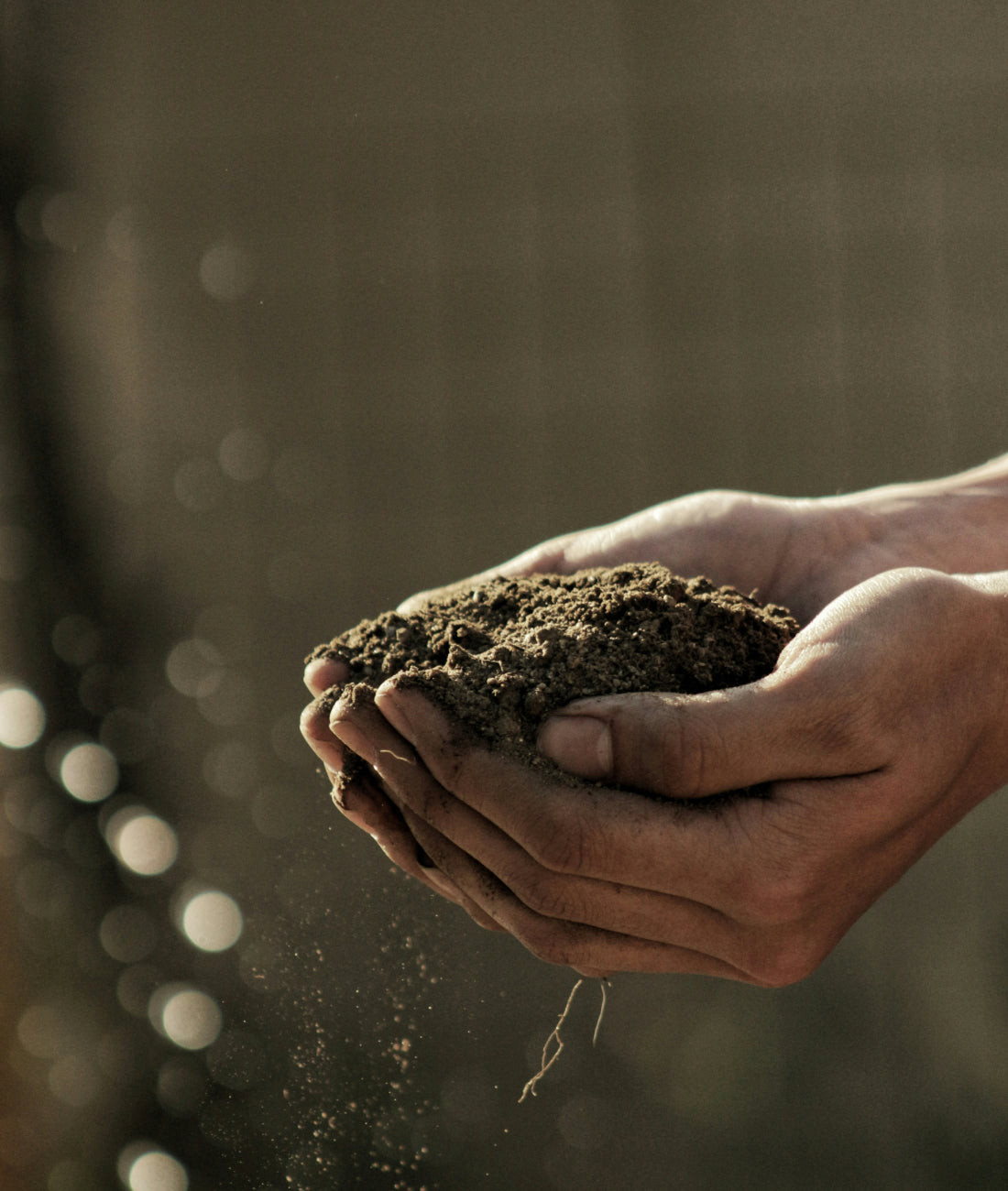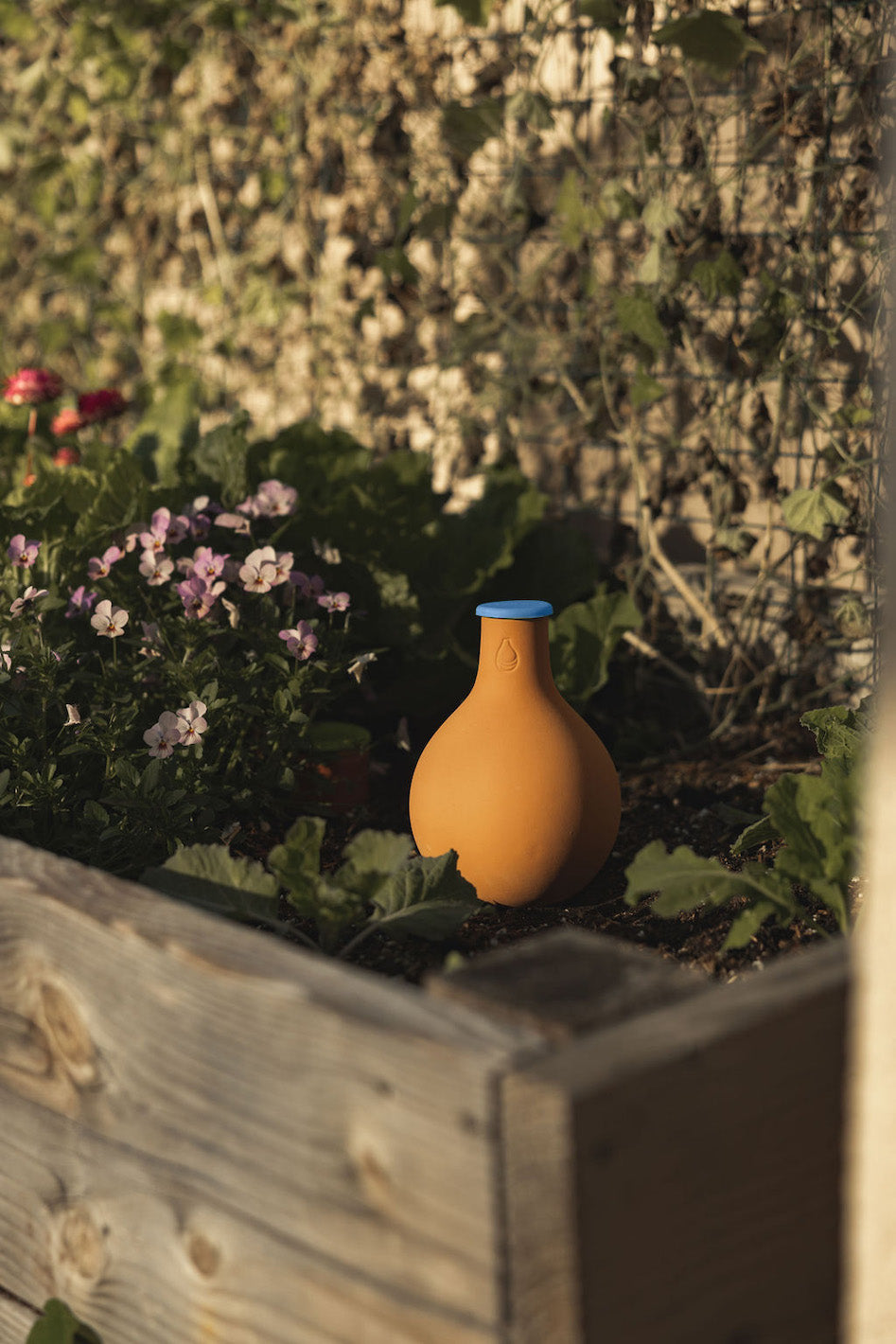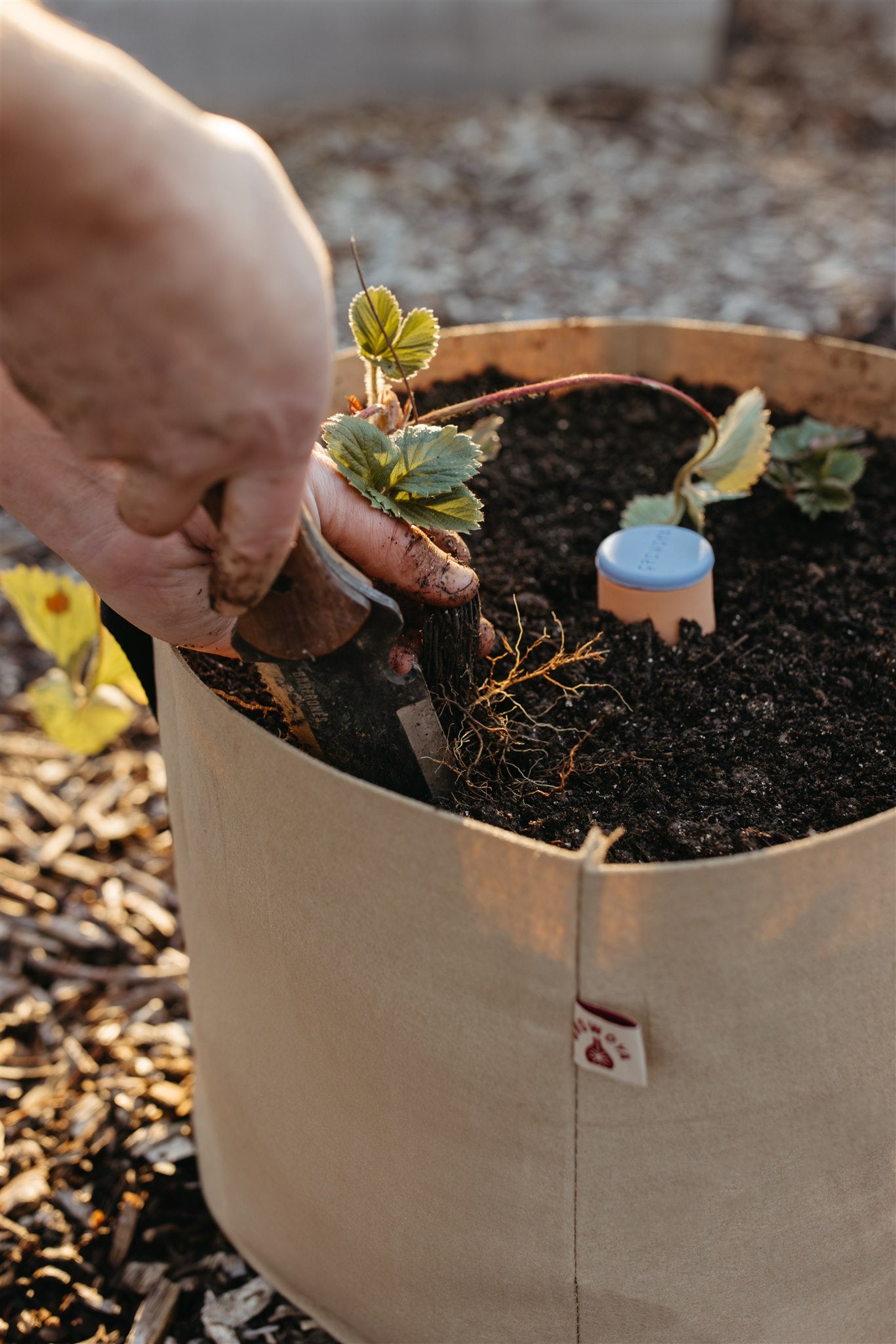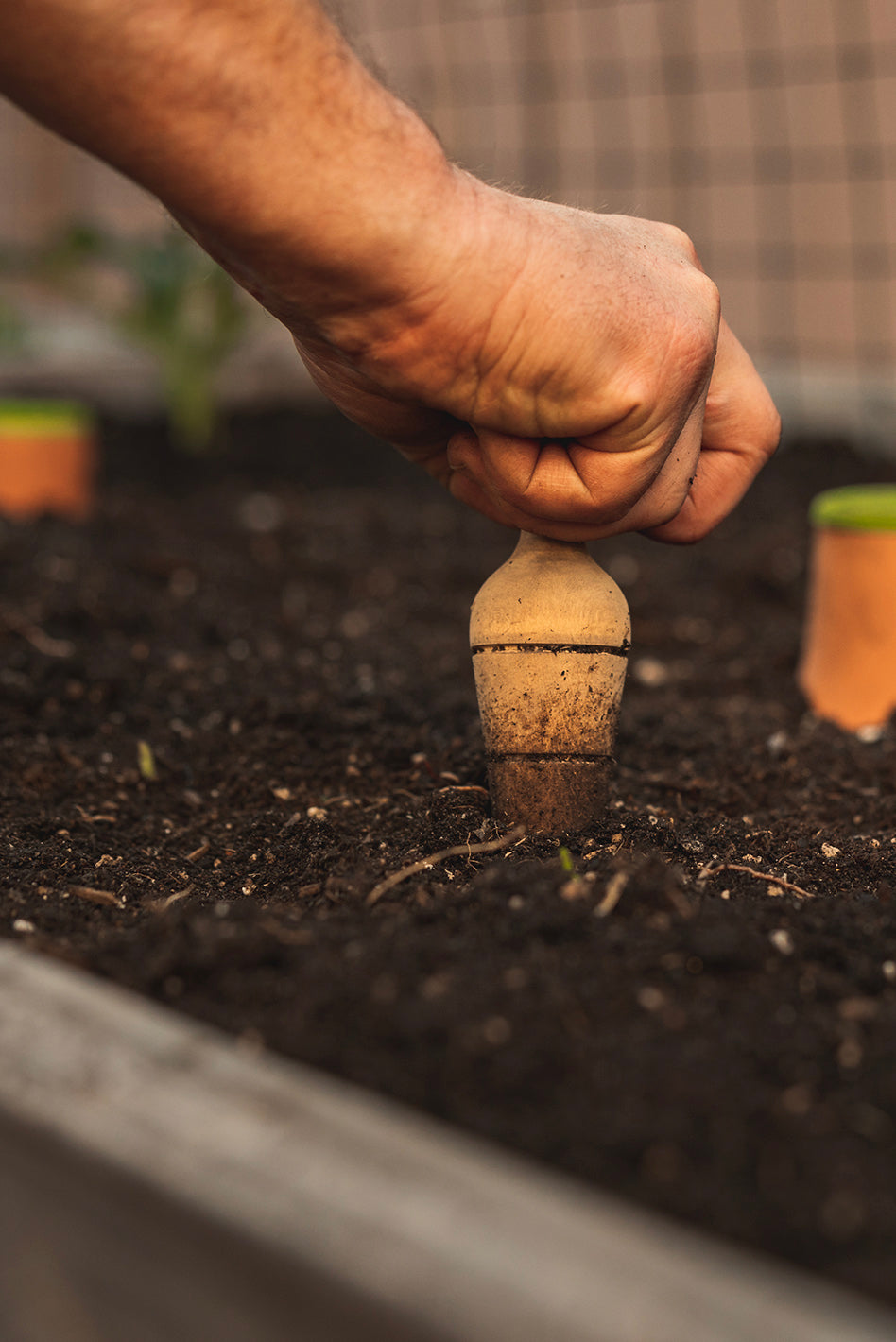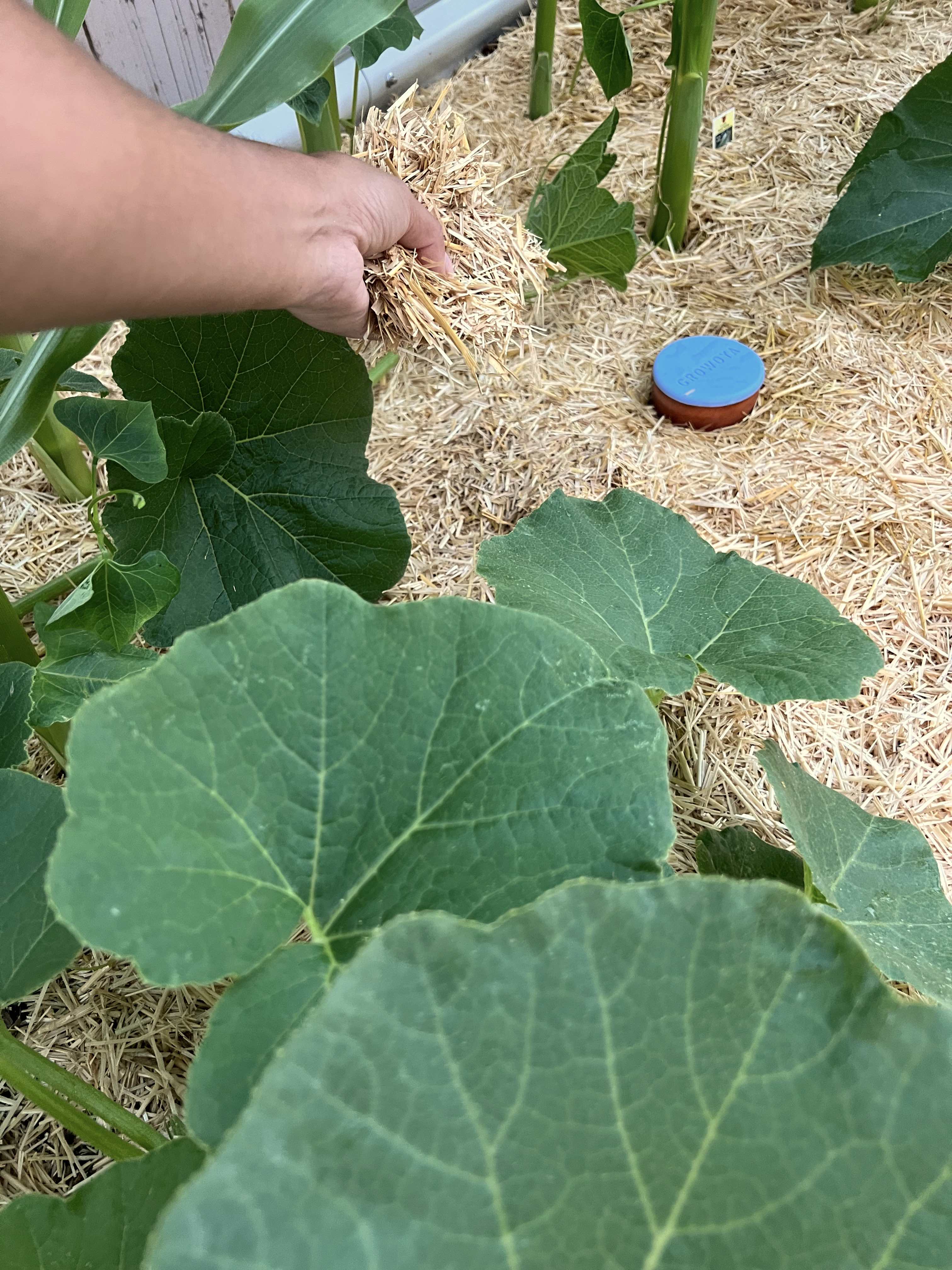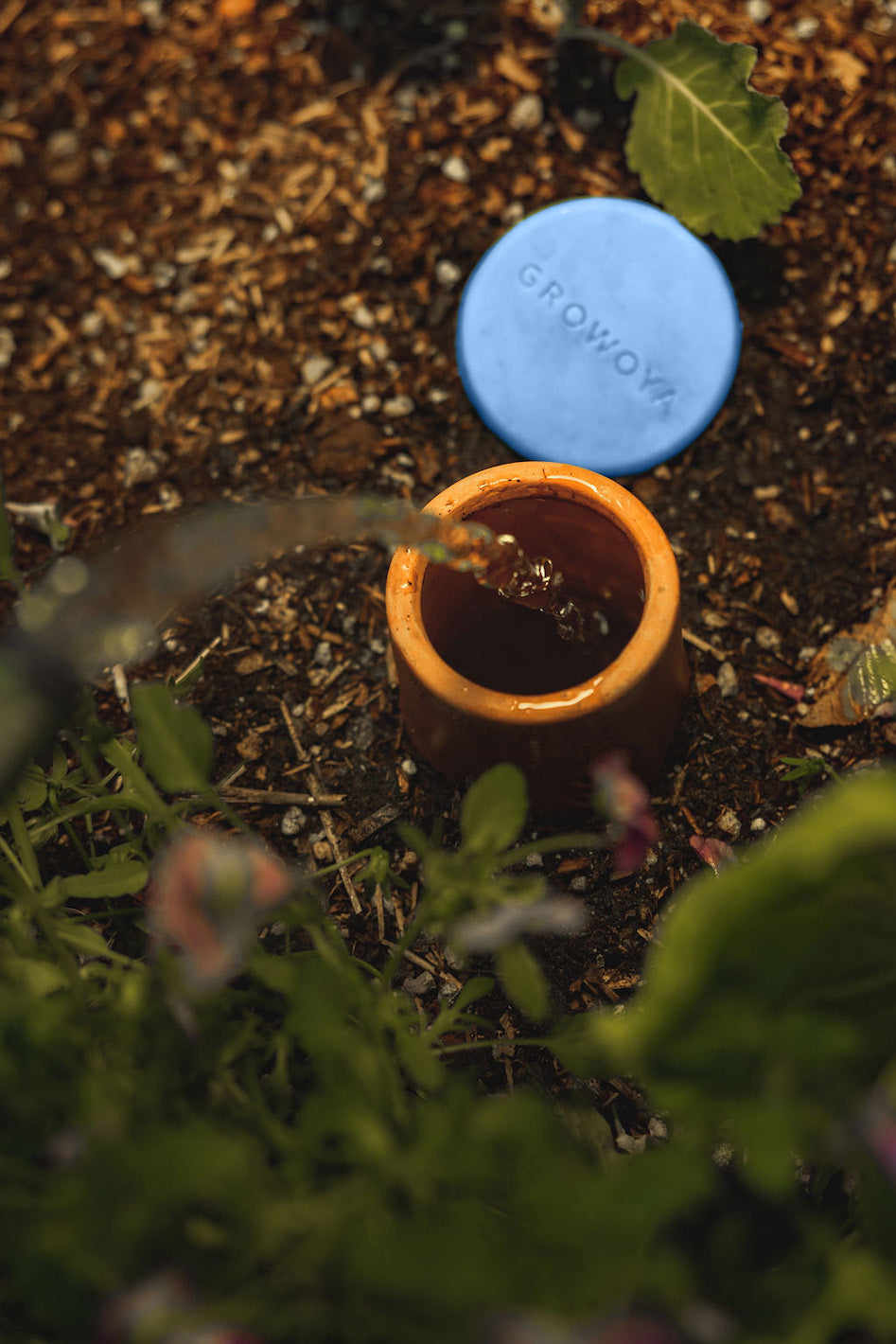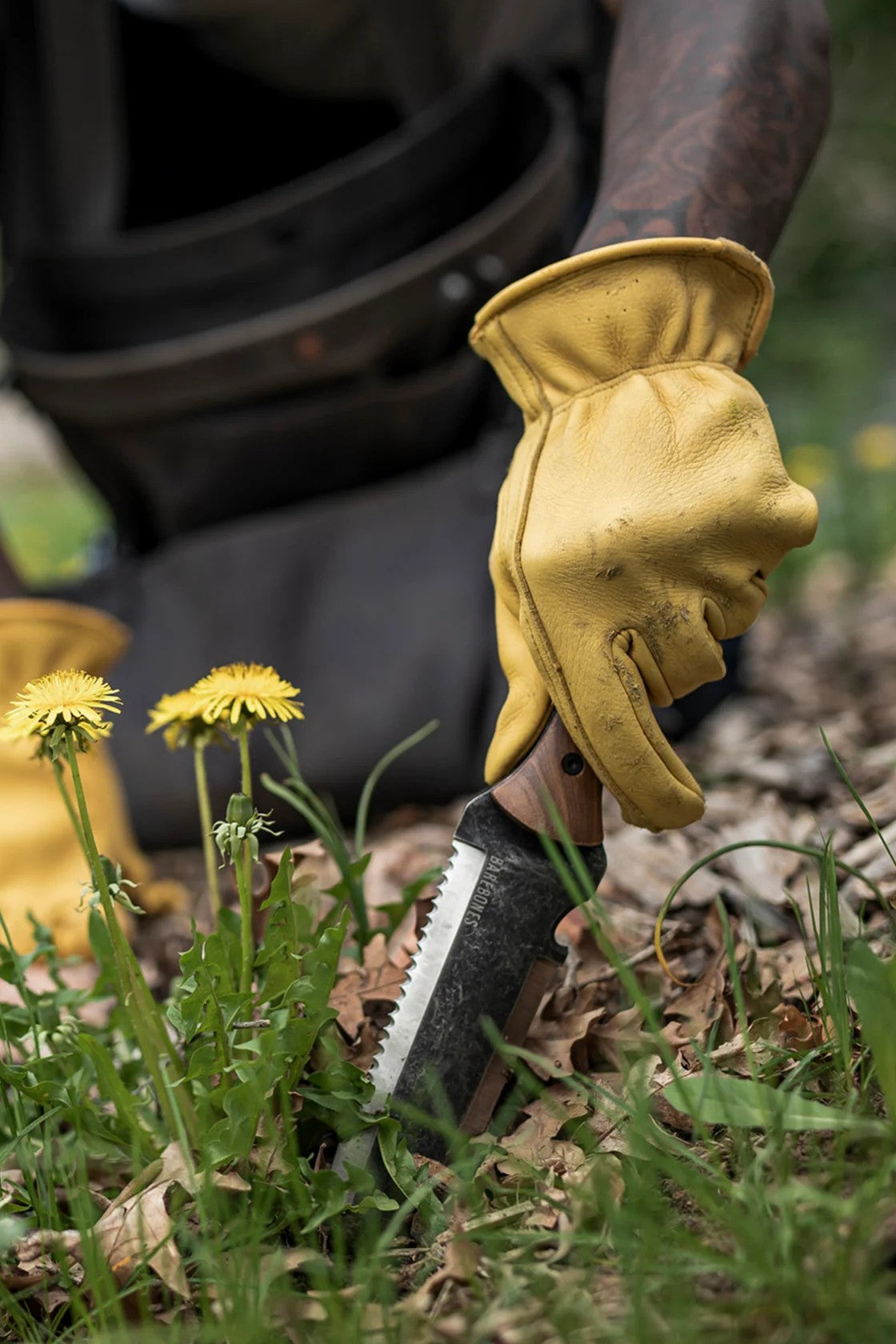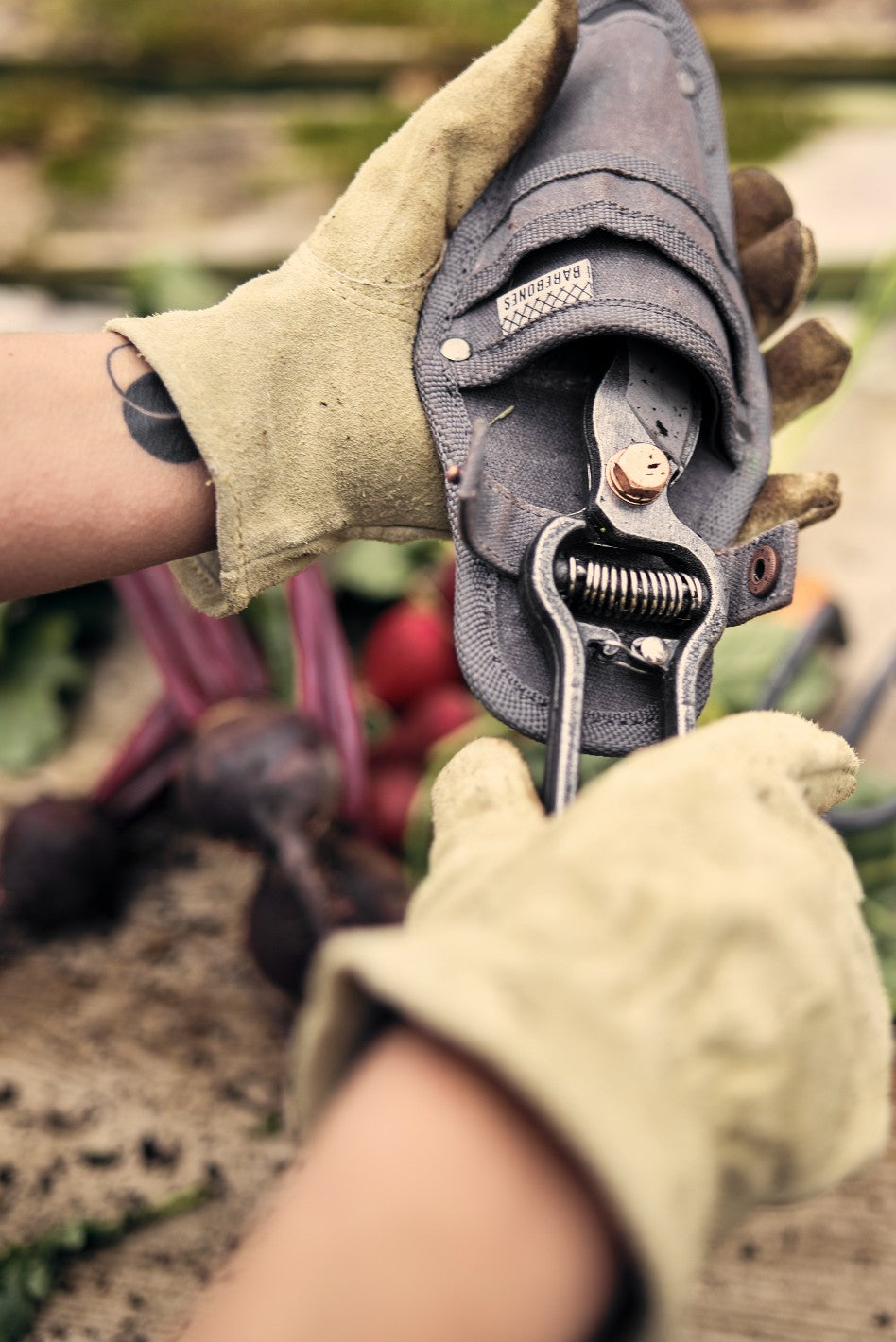Ah, there's nothing like the joy of digging into the dirt in your garden! With the growing season just around the corner, prepping your beds and containers is like getting ready for a gardening show. In this guide, we'll cover all sorts of things, from moving your crops around to checking your soil, making sure your garden not only stays alive but really kicks it up a notch. So, put on your gardening gloves, and let's dive into this dirt-loving journey together!
Tip 1: Crop Rotation and Layout Planning
Before we delve into the nitty-gritty of soil preparation, let's talk strategy. The secret weapon? Crop rotation and a well-thought-out garden layout. Crop rotation isn't just a fancy term; it's a superhero move against pests and diseases. By strategically shuffling your crops, you create a natural barrier, preventing the build-up of pests that prey on specific plants.
Consider the layout of your garden, basking in full sun or gently cradled in partial sunlight. Take a moment to ponder which crops or seeds will call each bed home. A thoughtful plan not only makes your garden a visual delight but also streamlines the preparation process, making it as efficient as possible.
Tip 2: The Crucial Role of Soil Testing
Now, onto the heart of the matter – your soil. It's the foundation of your gardening dreams, and understanding its composition is key. While a simple pH test gives you a sneak peek, comprehensive soil tests are the unsung heroes, revealing the intricate details of your soil's nutrient health.
If you're venturing into a new gardening territory or experiencing the joy of initial planting, don't skimp on soil testing. It's the compass guiding you through the landscape of nutrients, ensuring you're equipped with the knowledge to foster a thriving garden.
Tip 3: Plant Needs and Spacing
Plants, like us, have their preferences and needs. Understanding the language of your green companions is crucial for a flourishing garden. How much space does each plant require, and what nutrients do they crave? These are the questions you must answer to tailor your soil preparation efforts.
Consider this as deciphering the unique personalities of your garden residents. By catering to their specific requirements, you're creating a harmonious ecosystem where each plant can thrive. It's the art of gardening, where your hands are the brushes and the soil is your canvas.
Tip 4: Mastering Drainage and Water Needs
Once you've cracked the code of plant preferences, it's time to turn your attention to another critical aspect – drainage and water needs. Beyond the choice of watering methods – be it the gentle touch of drip systems, the ancient wisdom of Oya Watering Pots, or the personal connection of hand-watering – there's a plan to be made for building soil health.
Organic matter becomes the unsung hero here, enhancing moisture retention and contributing to the overall well-being of your garden beds. It's like giving your soil a spa day, ensuring it stays hydrated and radiant throughout the growing season.
Tip 5: Fertilizers, Amenders, and Microbes
As you become the maestro of your garden symphony, it's time to orchestrate the use of fertilizers, amenders, and microbes. Armed with the knowledge from soil testing and plant research, you can now make informed decisions about what your garden needs.
Worm castings, biochar, and high-quality compost emerge as the stars in this gardening ensemble. Drawing from personal experience, these additions prove to be incredible benefits with no risks of going overboard or falling short. And let's not forget the magic of Mulch – the straw kind, to be precise. It's not just a protective layer; it breaks down over time, infusing your soil with richness, aeration, and a feast for the microorganisms.

